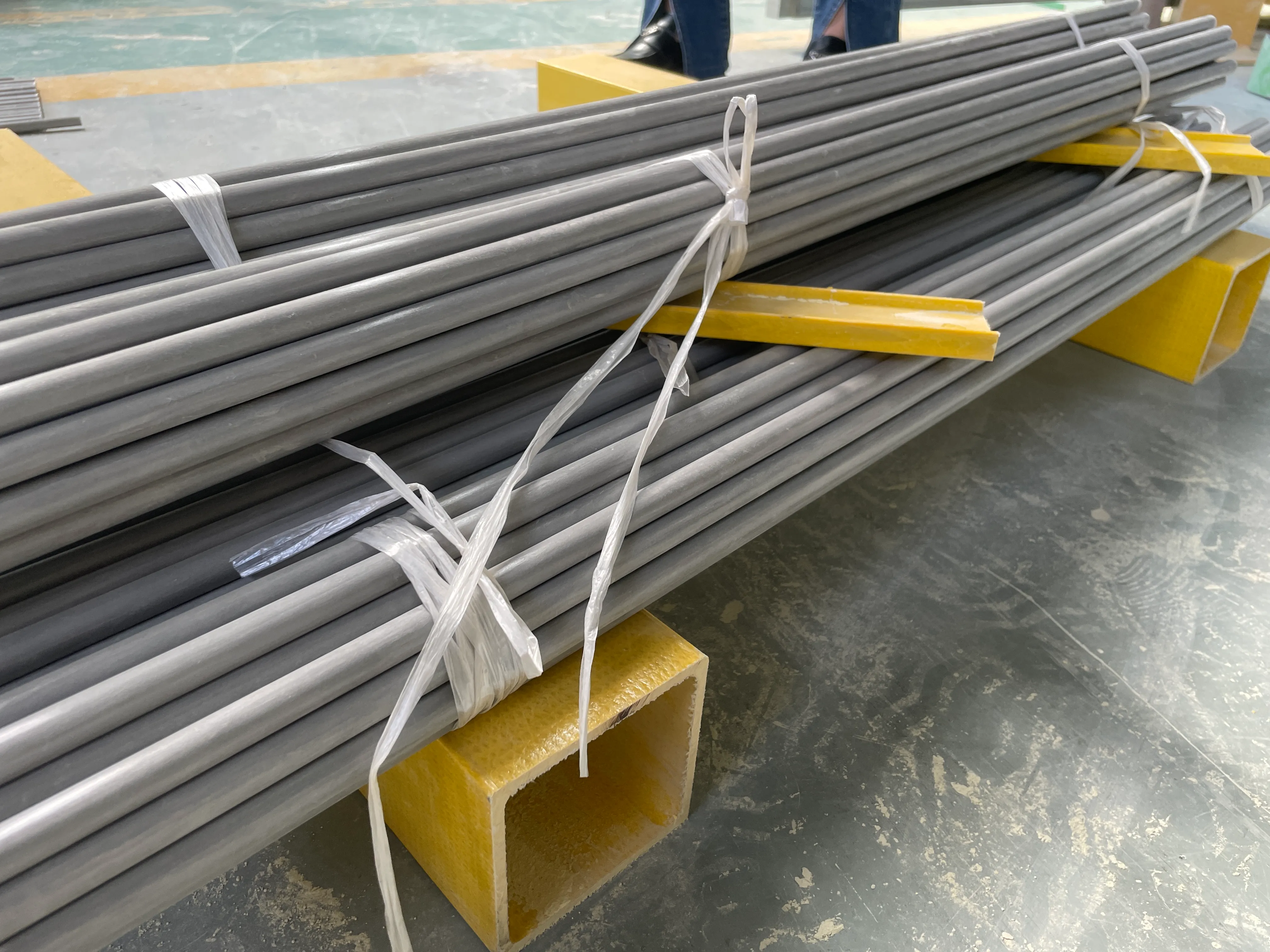loading...
- No. 9, Xingyuan South Street, Dongwaihuan Road, Zaoqiang County, Hengshui, Hebei, China
- admin@zjcomposites.com
- +86 15097380338
- Welcome to visit our website!
Exploring the Benefits and Applications of FRP Rods in Modern Engineering
Understanding FRP Rods A Comprehensive Overview
Fiber Reinforced Polymer (FRP) rods have emerged as a significant innovation in the field of construction and civil engineering. With enhanced durability and superior performance characteristics, FRP rods are becoming a popular alternative to traditional reinforcement materials like steel bars. This article will explore the composition, advantages, applications, and challenges associated with the use of FRP rods in construction.
Composition of FRP Rods
FRP rods are primarily composed of polymeric materials that are reinforced with fibers. The fibers used can be made from various materials, such as glass, carbon, or aramid, each contributing unique properties to the final product. Glass Fiber Reinforced Polymer (GFRP) is the most commonly used type, known for its lightweight nature and excellent tensile strength. On the other hand, Carbon Fiber Reinforced Polymer (CFRP) tends to provide superior strength and thermal stability, making it suitable for high-performance applications.
The polymer matrix binds the fibers together and enhances the overall mechanical properties of the composite. The arrangement and orientation of the fibers, along with the type of polymer used, can be tailored during the manufacturing process to meet specific requirements, such as flexibility, strength, and resistance to environmental factors.
Advantages of FRP Rods
1. Corrosion Resistance One of the most compelling advantages of FRP rods is their resistance to corrosion. Unlike steel, which can be susceptible to rust and degradation in harsh environments, FRP rods are impervious to moisture and chemical attack. This makes them ideal for use in marine structures, bridges, and any application exposed to aggressive environments.
2. Lightweight FRP rods are much lighter than traditional steel reinforcement, making them easier to handle and install. This reduction in weight can lead to lower transportation costs and simplified construction processes.
3. High Strength-to-Weight Ratio Despite their lightweight nature, FRP rods possess a high strength-to-weight ratio. This characteristic allows engineers to design structures that require less material without compromising safety.
4. Non-Magnetic and Non-Conductive FRP rods do not interfere with electromagnetic fields, making them ideal for applications in which magnetic interference is a concern. Furthermore, being non-conductive, they are safe for use in applications where electrical conductivity could pose a hazard.
5. Durability FRP rods exhibit high fatigue resistance, which is crucial for structures subjected to dynamic loading conditions. Their long service life can reduce maintenance costs and extend the lifespan of structures.
frp rod

Applications of FRP Rods
FRP rods are increasingly used in various applications across the construction industry. Common uses include
- Reinforcement of Concrete Structures FRP rods can replace or supplement traditional steel reinforcement bars in concrete elements, improving the durability and longevity of structures without increasing weight. - Building and Bridge Construction FRP rods are utilized in the construction of bridges and buildings, particularly in areas where corrosion from de-icing salts, chemical exposure, or seawater is a concern.
- Tunnels and Marine Structures The corrosion resistance of FRP rods makes them ideal for tunnel linings and marine structures, where moisture and chemicals can lead to rapid degradation of conventional materials.
- Retrofitting Existing Structures FRP rods are also employed in the retrofitting of aging infrastructure, strengthening existing beams and columns, and extending their useful life.
Challenges and Considerations
Despite their numerous advantages, the adoption of FRP rods does come with challenges. High initial costs compared to traditional materials can deter some contractors and project managers from choosing FRP solutions. Additionally, there is still ongoing research to fully understand the long-term behaviors of FRP in various conditions, as well as standards and codes for their use in construction.
Furthermore, the manufacturing processes for FRP rods can be complex, and achieving uniform quality can be a challenge. Ensuring proper bonding between the FRP and concrete is also critical to the effective performance of these materials in structural applications.
Conclusion
FRP rods present a revolutionary shift in construction materials, bringing together durability, lightweight properties, and corrosion resistance to meet the modern demands of civil engineering. As technology improves and costs decrease, it is likely that FRP rods will play an increasingly prominent role in the future of construction, helping to build safer, longer-lasting infrastructure. As the industry continues to evolve, further research and development in FRP materials will unlock even more potential applications and benefits.
-
Transform Your Spaces with FRP Grating SolutionsNewsNov.04,2024
-
The Versatility and Strength of FRP RodsNewsNov.04,2024
-
The Excellence of Fiberglass Water TanksNewsNov.04,2024
-
The Benefits of FRP Grating for Your ProjectsNewsNov.04,2024
-
Elevate Your Efficiency with FRP Pressure VesselsNewsNov.04,2024
-
Welcome to the World of FRP Pressure VesselsNewsOct.12,2024
-
Unveiling the Future of Filtration: Why FRP Filter Vessels are a Game ChangerNewsOct.12,2024
